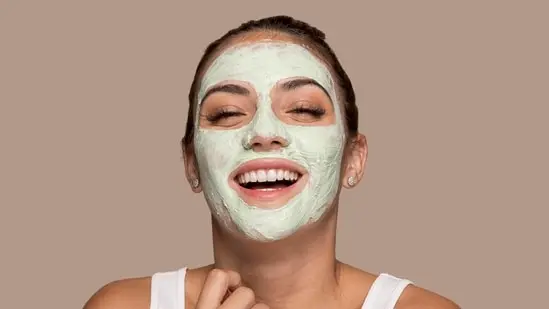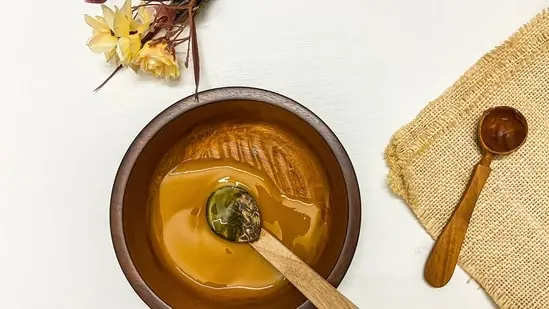
DIY face packs are made at home with the natural ingredients available around us. From honey to turmeric and oats, DIY face packs are applied for enhancing natural glow or addressing skin issues. In an interview with HT Lifestyle, Pooja Nagdev, cosmetologist and founder of Inatur said, “DIY masks are a convenient and affordable way to target skin issues at home. Use kitchen-based ingredients such as honey, oats, curd, turmeric. You can also alter them as per the skin type.” Also read | Herbal beauty expert Shahnaz Husain shares top 7 face mask recipes for glowing skin using simple ingredients like banana
What ingredients are healthy are DIY face packs?
The cosmetologist recommended these ingredients:
1. Honey: Its nature is humectant which means that it locks in moisture. Possesses antimicrobial nature which stays good for skin prone to breakouts.
2. Yogurt: Loaded with lactic acid, a natural skin exfoliant. Possesses skin brightening properties and also keeps it hydrated.
3. Oats: It has a skin calming effect and reduces skin inflammation. Ideal for all skin types, especially sensitive or dry skin.
4. Turmeric: Anti-inflammatory and brightening properties. Best for spot treatment or mixing with honey/yogurt.
5. Aloe vera: Calms redness, boosts hydration. Suitable for sensitive and acne-prone skin. Also read | Dry, dehydrated or sensitive skin? Here’s dermatologist-backed guide to choosing the right face mask for every skin type

DIY face packs to avoid:
- Lemon juice alone: Highly acidic; can cause irritation, burns, and long-term sensitivity.
- Baking soda: Harsh on the skin; disrupts natural pH, leading to dryness and irritation.
- Toothpaste: It consists of certain chemicals or abrasive substances that can worsen acne by damaging the skin’s defense barrier.
- Excessive essential oils: Skin oils that are concentrated in nature can trigger an allergic reaction or even skin rash.
Expert tips for safe DIY face packs:
- New ingredients require patch tests before application.
- Always go slow on ingredient quantity as more is not always good.
- Apply freshly acquired ingredients rather than expired or contaminated ones. Also read | Roti mask for youthful skin: Face Yoga expert reveals surprising DIY hack but does it really work?
- DIY masks should be applied not more than once or twice a week.
- Gentle moisturiser application is must, post a DIY mask.
Note to readers: This article is for informational purposes only and not a substitute for professional medical advice. Always seek the advice of your doctor with any questions about a medical condition.
